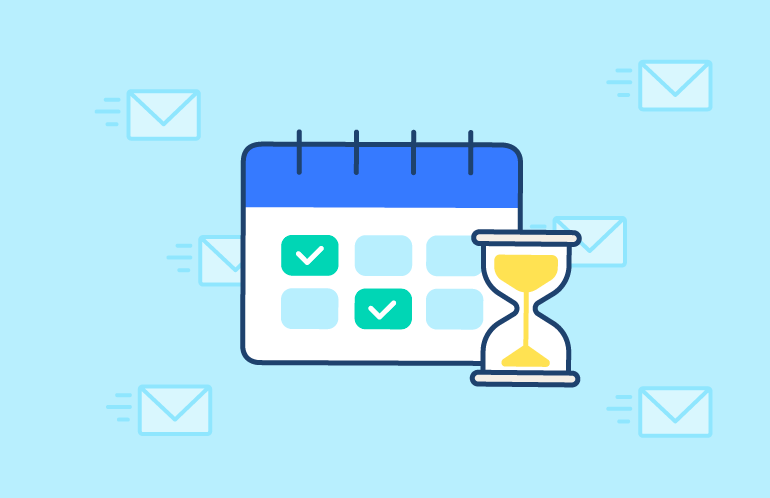How often should you email your customers?


Catégorie : Email marketing
So you’d like to send more emails to your customer base without overdoing it? But, like a lot of marketers, you’ve set parameters around the maximum number of emails you can send each week. It’s time for a rethink. Today, predictive marketing solutions can help you target your messages better, meaning you can increase your CRM email frequency without risking fatigue. Here’s how:
To optimize the number of emails you send, you have to understand that your customers have different expectations and some feel the pressure from email campaigns more than others. For some, one email a week is too many, whereas for others, daily emails are acceptable. So it’s not about setting an upper email limit. Instead you have to look at each target and assess how they react to marketing pressure.
Here’s what they could be thinking:
If you don’t send targeted emails, or if you go for a one-fits-all approach, you risk generating customer fatigue. You can then expect a sharp increase in unsubscribers – that’s the visible tip of the iceberg – and some of your customers will simply disengage. They won’t click on your offers. Emails will remain unopened. They might even simply mark your emails as spam. Plummeting opening rates, rock-bottom deliverability and sky-high opt-outs – the effect is devastating, and reducing the number of emails you send won’t help at all.
Paradoxically, some customers have the opposite reaction. For them, more emails can actually increase engagement, clicks and conversions. The trick is to identify these targets and make the most of their enormous potential. By using an Artificial Intelligence predictive targeting solution, you can decide what content to send to which contact and how often to send it, depending on the individual customer’s needs.
To optimize the number and content of the emails you send, think like a B2B marketer with key accounts: if you get the chance to contact a customer, do it. Even if you’ve been in touch recently. And there is all the more reason to do so if the message is top quality. Hence the frequency of your emails doesn’t really matter, but instead the context, suitability and quality of the content does. By identifying whom to send these new high-value-added emails to, you can combine:
So, how do you measure whether these targeted messages are well received, even when sent at a higher frequency? Let’s analyze the short and long term results separately.
In the short term, the most common tool to measure the saturation of a customer database is the unsubscribe rate. This indicator measures the level of disengagement among those you have contacted. However it doesn’t take into account the revenue generated by a campaign. A good campaign will indeed minimize the damage to your database, while also maximizing the revenue generated! Therefore using this “revenue generated vs unsubscription” ratio is essential and enables you to integrate both campaign ROI with any negative impact on customer engagement.
In the long term, using control groups —a random isolation of a fraction of your database that will not receive targeted campaigns— enables you to measure the real disengagement of a population over time. This method reveals the difference between real pressure and felt pressure, and you’ll see that one additional message can really increase the engagement of your customers.
When considering your strategy around CRM email frequency, keep in mind that relevant and targeted content will always make the difference!